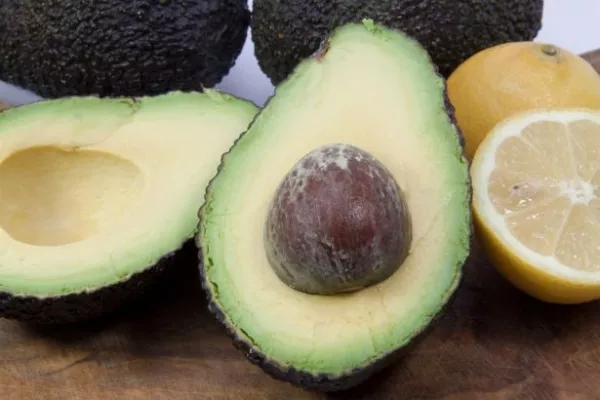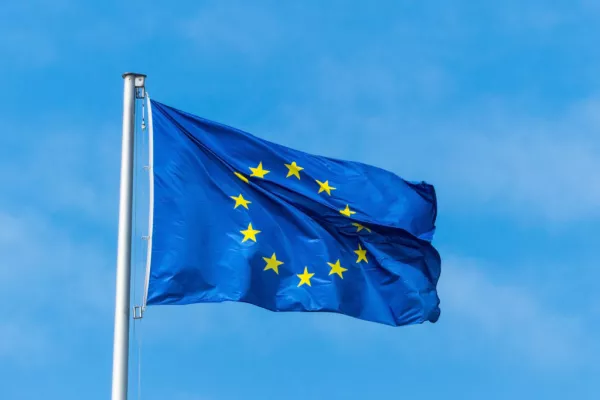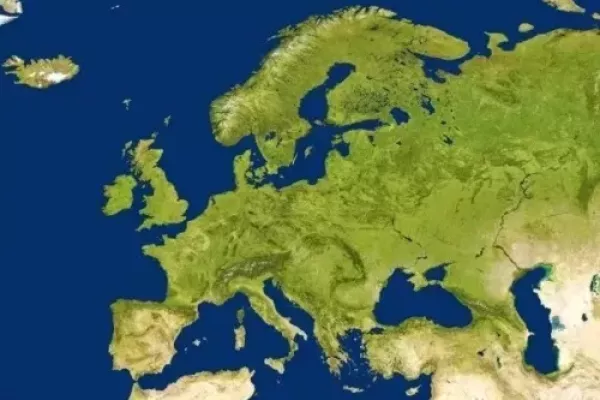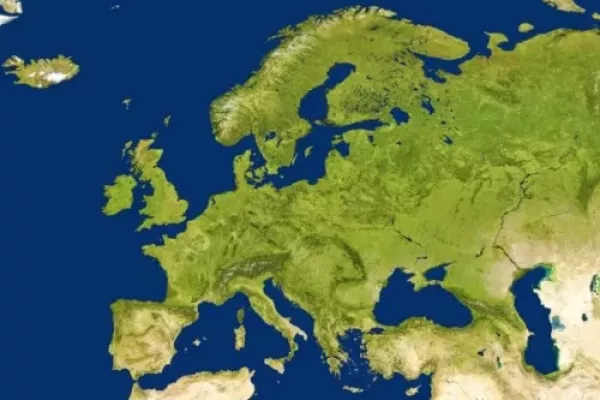One day, an avocado's a buck-fifty. The next, it's twice that. And this week, just days after a much-ballyhooed markdown at Whole Foods, wholesale avocado prices hit a record high.
If you think prices are unpredictable now, be warned: they could get a whole lot worse, some produce companies say, depending upon how the Trump administration renegotiates the North American Free Trade Agreement.
Americans are used to buying whatever fruits and vegetables they want whenever they want them, thanks largely to imports from Mexico. For avocados, particularly the ubiquitous Hass variety, those are an absolute necessity. “Avocado trees are real fickle,” explained Steve Barnard, chief executive of Mission Produce, a major distributor. “They don’t like it too hot or too cold. Southern California is the only place you can grow Hass in the US because of climate, temperature, soils, and whatnot.”
Florida is too humid, he said, though the decidedly unpopular green-skinned variety can grow there. California, during its spring and summer growing season, has essentially run out of room for more trees, given urbanization and land costs. In theory, citrus groves could be converted, but that’s a risky endeavor, Barnard said, since avocado trees are so susceptible to both frost and heat and are alternate-bearing, with a strong crop followed by a light one.
Mexican Imports
Luckily, in the winter, when California isn’t growing, Mexico still is. It supplies 75% to 80% of all the avocados Americans eat; the rest come from Peru, Chile, the Dominican Republic, and California. (Colombia is set to join that list.) And Americans eat a lot of avocados—more than 7 pounds of them, per capita, last year, according to a letter sent by nine avocado companies to the US trade representative. That’s compared to just one pound apiece back in 1996, the year before Mexico gained access to the US market.
Even with the Mexican imports, prices fluctuate. Regular rules of supply and demand still apply, and supply is affected by such forces as weather and labor. “In the past few weeks, demand for avocados has been higher than supply, so prices have risen,” the Hass Avocado Board said in an emailed statement.
That’s not just in the US. Appetites are growing in China and Europe, too. “Climate,” the statement added, “has played a role in delaying the new avocado crop from Mexico, which has created a gap in supply when demand is high—resulting in higher prices.” And in October 2016, Barnard noted, shoppers saw a sudden price surge when Mexican growers went on strike. (So how did Whole Foods cut prices last week? Barnard surmises that the grocer, now owned by Amazon.com, used avocados as a loss leader to lure shoppers to stores—something supermarkets typically rely on milk, bread and soda to do. Whole Foods did not respond to multiple emails requesting comment.)
Record Highs
But even as avocado prices hit record highs, a group of eight fruit and vegetable companies is predicting they could rise even higher, depending on whether the Trump administration, in renegotiating NAFTA, changes rules on anti-dumping and countervailing duties. Together, such duties aim to protect American producers from foreign competitors that sell wares in the US for less than the cost of production, sometimes with subsidies from their own governments.
Some American producers, such as Florida tomato farmers, want to make it easier to impose such duties; unlike California growers, they grow year-round and view Mexican growers as unfair competition. The eight opponents, including Mission Produce and Driscoll’s Berries Inc., say any such changes could open a Pandora’s box of cross-border duties, with Mexico retaliating by imposing its own.
“Once seasonal tariffs [are] put in place for tomatoes, for example, Mexico or Canada may initiate trade cases of their own on any of a wide range of U.S. agricultural products, beginning a tit-for-tat cycle that could broadly limit agricultural trade,” the coalition wrote in a letter to Commerce Secretary Wilbur Ross, US Trade Representative Robert Lighthizer, Agriculture Secretary Sonny Perdue, and Gary Cohn, the director of the National Economic Council. Lighthizer’s office did not immediately respond to an email requesting comment.
In the world of agriculture, the companies say, where seasonality and perishability affects availability, producers sometimes lower prices below cost just so they won’t have to sell them to processors for even less—or even throw away rotting fruit. For them, just the threat of federal investigations might keep produce off US shelves.
“Everyone is going to be worried about anti-dumping suits,” said Soren Bjorn, president of Driscoll’s of the Americas, which grows many of its berries in Mexico. Like other produce companies, he said, Driscoll’s sometimes sells below cost, but he said the changed provision currently under discussion could tighten the cap on how long the company could do so before duties kick in. “If we, as an industry, have to worry that we’re selling below full cost, then what we may do is take product out of the market” rather than face the threat of duties, he said. “Then costs [to consumers] would go up.”
Barnard echoed the sentiment. “We’ve got a good thing going for all sides,” he said, referring to current NAFTA rules. “But if we get in a tit-for-tat fight [with Mexican producers], where does it stop? The consumer’s going to end up paying the bill.”
News by Bloomberg - edited by Hospitality Ireland









